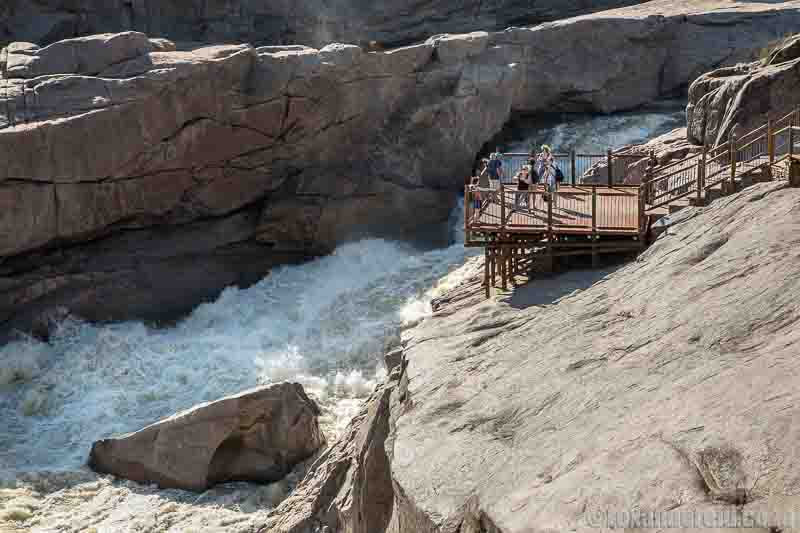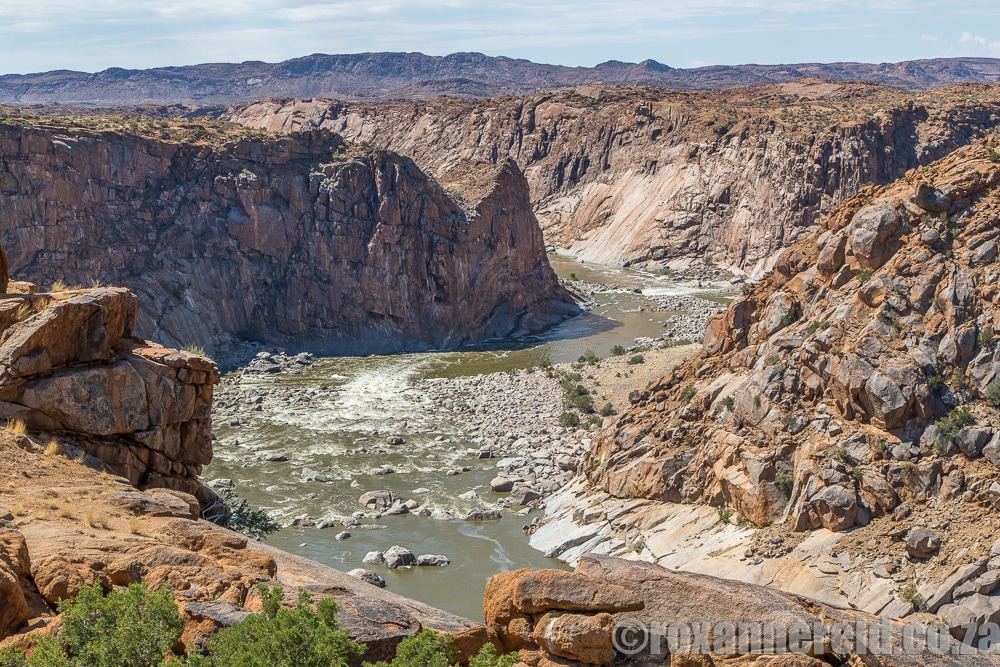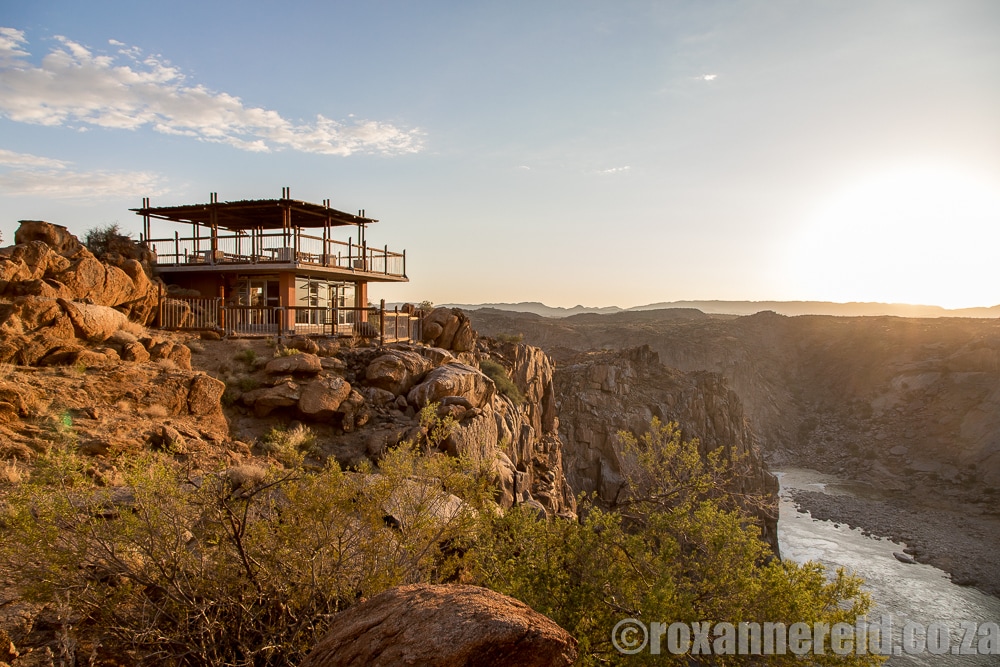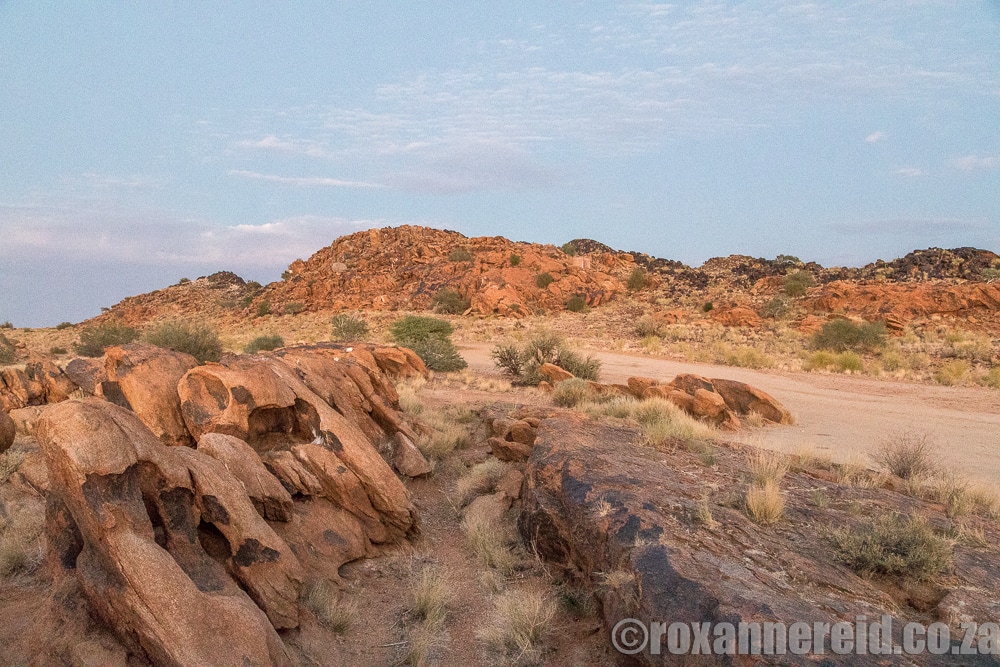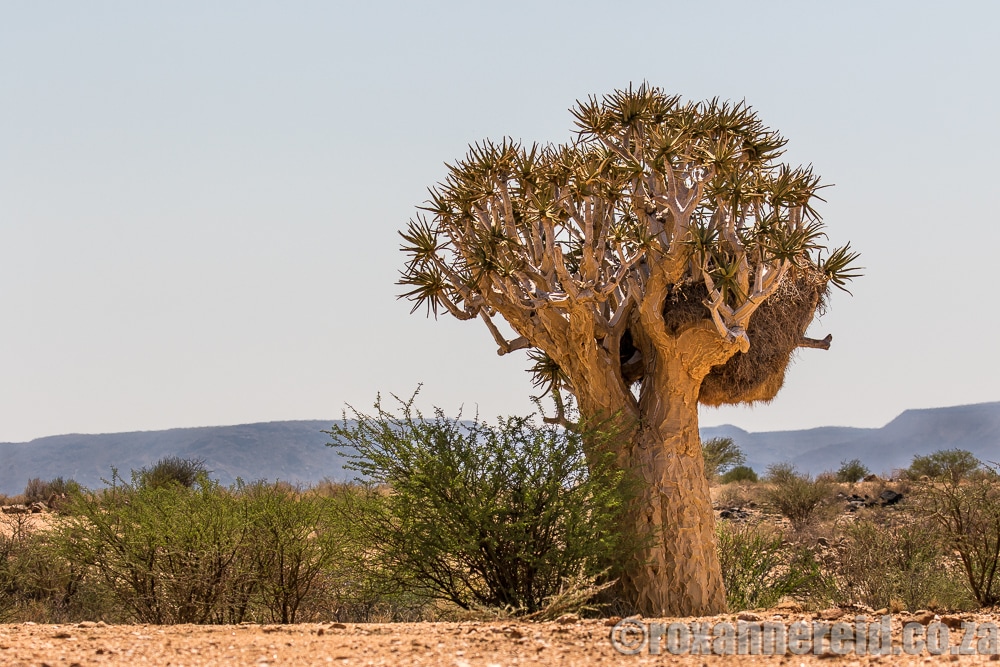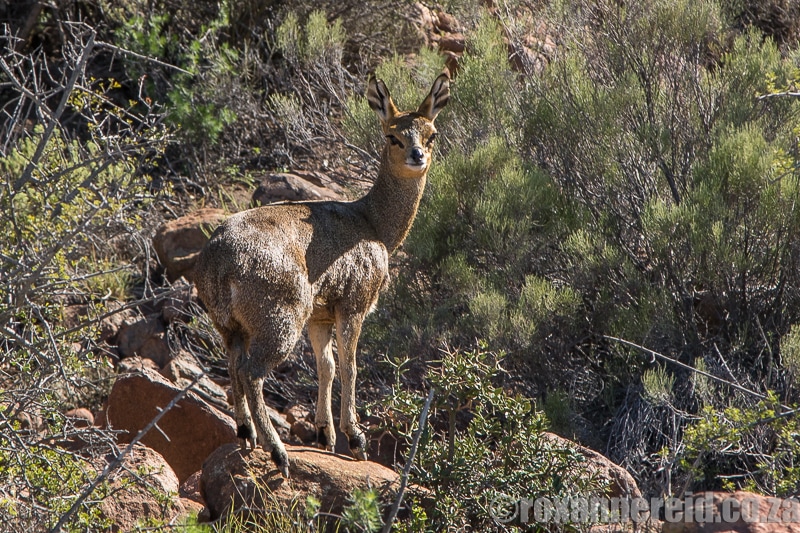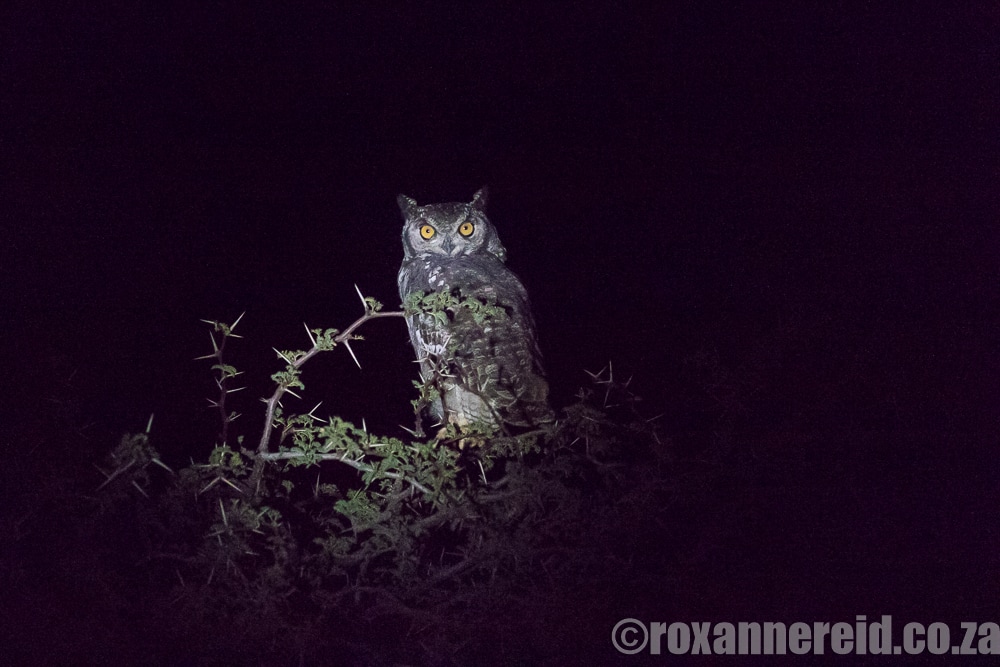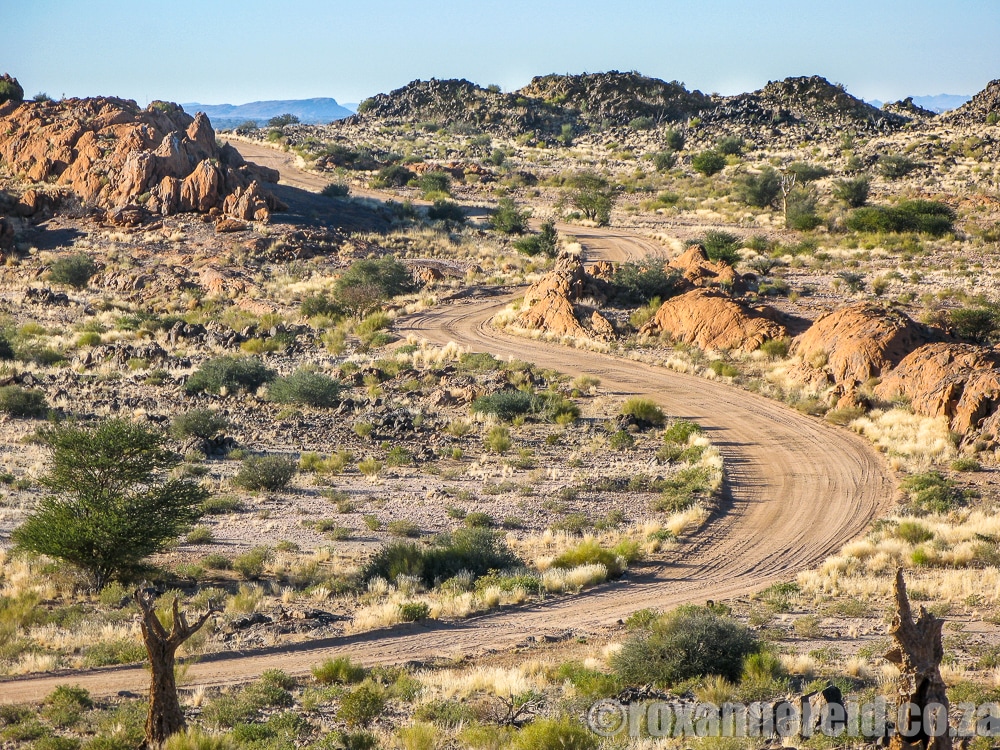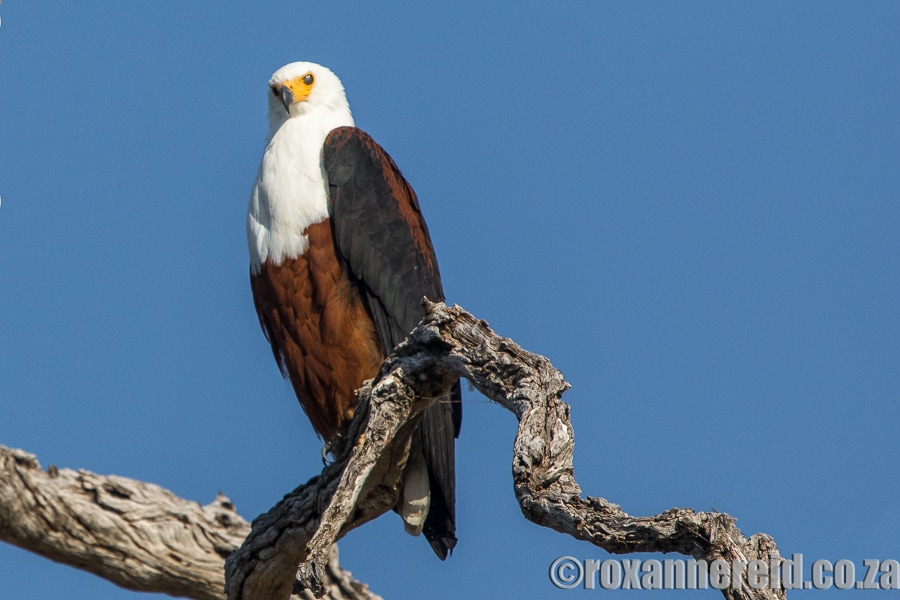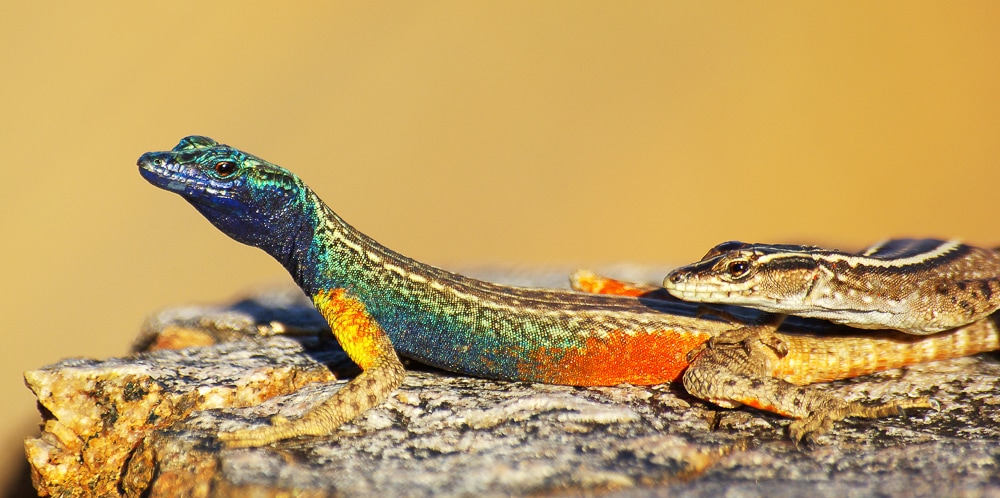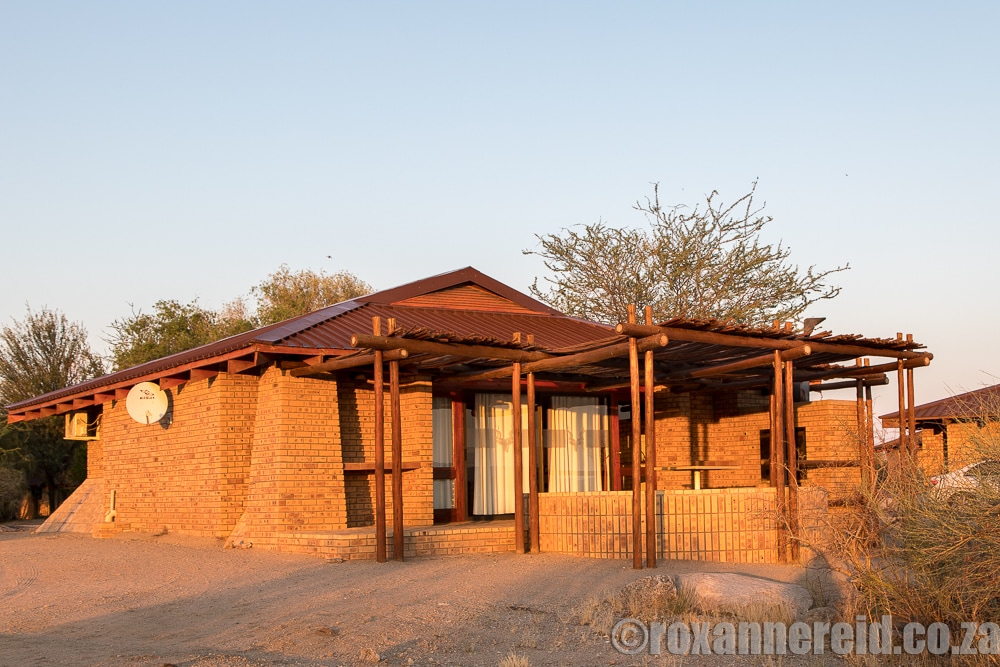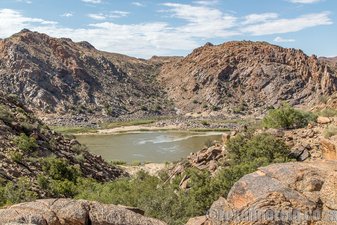
By Roxanne Reid
Some 120km west of Upington in the Northern Cape is a landscape that could be from another planet. Although it’s the Augrabies Falls that lures visitors here, you’ll also find arid-adapted animals and plants, fascinating rocks, hikes and more. Here’s my pick of 17 things to do at Augrabies Falls National Park.
Some 120km west of Upington in the Northern Cape is a landscape that could be from another planet. Although it’s the Augrabies Falls that lures visitors here, you’ll also find arid-adapted animals and plants, fascinating rocks, hikes and more. Here’s my pick of 17 things to do at Augrabies Falls National Park.
1. See the Augrabies Falls
Walk along the boardwalk in main camp to the six viewing decks for different perspectives of the wonders of the 90m high Augrabies Falls, with a freefall of 56m. See the water thunder over the rock lip and rush into the gorge below; hear why the indigenous Khoi called this Aukoerebis, or ‘place of great noise’. Although the average water flow of the falls is about 40-60 cubic metres per second, during the January 2011 floods some 4 800 cubic metres of water boiled over the falls every second.
Go back along the boardwalk with your torch in the evening when the Falls are illuminated between 20:00 and 22:00. They’re softer, slightly more eerie at night than they are in the sunlight.
2. Climb Moon Rock
Go back along the boardwalk with your torch in the evening when the Falls are illuminated between 20:00 and 22:00. They’re softer, slightly more eerie at night than they are in the sunlight.
2. Climb Moon Rock
This massive rounded granite mound or ‘whaleback’ isn’t far from the main camp. Drive to the parking spot and walk up to the summit for a great view of the surrounding landscape. If you’re more energetic you can walk there on the circular Dassie Trail, which takes you to Arrow Point, Twin Falls and Moon Rock before heading back to camp. The trail is 5.5-7km long, depending on whether you include the loops to Spies Point and Moon Rock. In hot weather, take a hat, sunglasses and plenty of water and sunscreen.
3. See the gorge
3. See the gorge
Drive to the Ararat, Oranjekom and Echo Corner viewpoints overlooking the Orange River gorge below the Falls. Each viewpoint is slightly different but they’re all thrilling in their own way, with Ararat and Oranjekom being all about steep gorges and rushing waters, while Echo Point is slightly more serene.
4. Spend a night at Gorge Cottage
4. Spend a night at Gorge Cottage
At Oranjekom you’ll find the magnificent Gorge Cottage underneath the viewing platform – and I swear there’s no better view anywhere in SANParks. Once other visitors have to leave the viewpoint to return to camp before sunset, you’ll have the whole place to yourself in romantic solitude. It was scorching hot when we visited in March but a solar-driven cooling system is already being planned. Hot as it was, it was wonderful to watch the softening of the light as the sun set, to see the impressive gorge view through huge sliding glass doors that appear to bring the outside in.
See more photos and info about Gorge Cottage
5. Go rock spotting
See more photos and info about Gorge Cottage
5. Go rock spotting
The rocks around here are imposing – different shapes and colours from red to black, appearing at times like a landscape from another planet. You’ll find rose and crystal quartz as well as seven different types of granite, with an array of weathering patterns that create pop-ups, mushrooms and arches. Moon Rock (see point 2) is possibly Augrabies’ most famous rock, where you can see some of these weathering patterns.
6. Marvel at the quiver tree
6. Marvel at the quiver tree
Perhaps Augrabies’ most enduring symbol apart from the Falls themselves is the kokerboom, or quiver tree (Aloe dichotoma). They’re succulents, with fibrous branches and yellow flowers in winter. The San used them for quivers for their arrows, while the big stems were used for coffins and as fridges to keep food cool. Sadly, many quiver trees in the park are dying, and research is underway to determine whether the cause is over-browsing by animals, climate change, insect infestation or other reasons.
7. Drive along Hartmann’s Loop
7. Drive along Hartmann’s Loop
Head further west into the park to Hartmann’s Loop, taking time to appreciate the landscapes and rock formations, the hardy plants like three-thorn, shepherd’s tree and wild tamarisk. Here you may spot animals like klipspringer, Hartmann’s mountain zebra, giraffe, kudu, eland, gemsbok and springbok. Look out too for birds like sociable weaver, pygmy falcon, Verreaux’s (black) eagle and swallow-tailed bee-eater.
8. Watch a klipspringer
8. Watch a klipspringer
Look out for the agile, surefooted klipspringer in the rocky hills, an animal well adapted to the harsh extremes of this environment. It can outrun any ground predator over rocky terrain. Its tiny hooves and balletic tiptoe stance allow it to plant its feet in small spaces between rocks while rubbery stuff under the hooves gives it added grip. It’s not dependent on water, but soaks up all it needs from the plants it eats. The hair on its coat is hollow to insulate it against extremes of heat and cold.
9. Take a hike
Walk the Ebony Trail that starts just past the day visitors’ site outside the main camp. It’s 2.8km and takes about an hour and a half. This trail is unusual in Augrabies’ hot, arid environment because it leads you along a shady path under indigenous trees like the ebony after which it’s named. ID tags enhance your experience. Take your binos because you’re bound to spot some bush birds and maybe even giraffe or eland.
Other hikes include the Dassie Trail (see point 2 above), the 2km Gorge Trail to Arrow Point and Twin Falls and back, and the full-on 36km overnight Klipspringer Trail that will take you three days and two nights. Note that it’s closed between October and March because of extreme heat.
10. Go on a guided night drive
9. Take a hike
Walk the Ebony Trail that starts just past the day visitors’ site outside the main camp. It’s 2.8km and takes about an hour and a half. This trail is unusual in Augrabies’ hot, arid environment because it leads you along a shady path under indigenous trees like the ebony after which it’s named. ID tags enhance your experience. Take your binos because you’re bound to spot some bush birds and maybe even giraffe or eland.
Other hikes include the Dassie Trail (see point 2 above), the 2km Gorge Trail to Arrow Point and Twin Falls and back, and the full-on 36km overnight Klipspringer Trail that will take you three days and two nights. Note that it’s closed between October and March because of extreme heat.
10. Go on a guided night drive
Join a guide like Richard Okkers after dark for a night drive into the park. ‘You see more animals at night in summer because it’s too hot during the day,’ he said. ‘Even eland come to drink at the waterhole at night.’
And he was right. We saw two small-spotted genets, three spotted eagle-owls – ‘the male calls with two notes, the female with three,’ Richard told us – three scrub hares (white bellies), a Cape hare (grey belly) and a Smith’s red rock rabbit bobbing away from the noise of the vehicle.
We saw springbok, hartebeest, two pairs of klipspringer, a giraffe. Then gemsbok eyes glittering in the spotlight gave Richard a chance to explain that this arid-adapted species has a special organ that acts as a radiator to cool the blood that goes to the brain.
Richard recently saw an aardwolf on his night drive. ‘Sometimes we even see a leopard,’ he said.
11. See the stars
On your way back to camp on the night drive your guide will probably stop on a hill at Swartrante so you can marvel at the density of the Milky Way and a multitude of other stars in a very dark sky. But even if you look up from your braai at the campsite, you should be able to appreciate the stars that cluster so clearly above you in the clean, dry air.
12. Enjoy the landscapes
And he was right. We saw two small-spotted genets, three spotted eagle-owls – ‘the male calls with two notes, the female with three,’ Richard told us – three scrub hares (white bellies), a Cape hare (grey belly) and a Smith’s red rock rabbit bobbing away from the noise of the vehicle.
We saw springbok, hartebeest, two pairs of klipspringer, a giraffe. Then gemsbok eyes glittering in the spotlight gave Richard a chance to explain that this arid-adapted species has a special organ that acts as a radiator to cool the blood that goes to the brain.
Richard recently saw an aardwolf on his night drive. ‘Sometimes we even see a leopard,’ he said.
11. See the stars
On your way back to camp on the night drive your guide will probably stop on a hill at Swartrante so you can marvel at the density of the Milky Way and a multitude of other stars in a very dark sky. But even if you look up from your braai at the campsite, you should be able to appreciate the stars that cluster so clearly above you in the clean, dry air.
12. Enjoy the landscapes
The road from the main camp to the gorge viewpoints takes you through some rocky landscapes that are striking in their starkness. On the way, don’t miss a stop at Swartrante – black hills of igneous rock – and swivel to see the view in all directions.
13. Go mountain biking
If you’re a keen biker, you can knock yourself out by riding any of the roads in the park. Don’t go off-road because if you’re caught you’ll face a fine. Your rewards – apart from the exercise-induced endorphine rush – are the changing landscape and interesting rock formations.
14. Go birding
13. Go mountain biking
If you’re a keen biker, you can knock yourself out by riding any of the roads in the park. Don’t go off-road because if you’re caught you’ll face a fine. Your rewards – apart from the exercise-induced endorphine rush – are the changing landscape and interesting rock formations.
14. Go birding
Watch out for Verreaux’s (black) eagles on the rocky ledges of the river gorge or soaring overhead, listen for the cry of the African fish eagle. In the campsite you might find rosy-faced lovebird, golden-tailed woodpecker, acacia pied barbet, ashy tit, Namaqua warbler, black-chested prinia, pririt batis and dusky sunbird. When we visited in March a bird hide was being built near the day visitor centre and will be a great addition to birding in the park.
15. Get to know the Augrabies flat lizard
15. Get to know the Augrabies flat lizard
Look for these lizards from the boardwalks at the Falls. They get their name from their flat shape, which allows them to squeeze into tight rock crevices. The males are bright blue or green, yellow and red, the females drab. Males need this colourful costume because they compete for the ladies’ attention. They bob their heads up and down, dance circles around the ladies and try to grab one of them by a leg or the neck to bonk her. Sometimes this attracts the attention of other males and results in an attempted gang-bang. Usually, the females simply ignore them all when they mob her in this way.
16. Go rafting
Join a guided half- or full-day rafting trip on the Orange River at Augrabies, with grade 2 and 3 rapids. Or if you’re looking for a longer adventure, book a 4-day canoe trip on the river. Google Kalahari Adventures for more info.
17. Stay over
16. Go rafting
Join a guided half- or full-day rafting trip on the Orange River at Augrabies, with grade 2 and 3 rapids. Or if you’re looking for a longer adventure, book a 4-day canoe trip on the river. Google Kalahari Adventures for more info.
17. Stay over
Even if you can’t get a booking for the popular Gorge Cottage (see 4 above) sleep over in one of the main camp’s air-conditioned self-catering chalets, or in the shady campsite.
Did you enjoy the article? Pin this image!
Did you enjoy the article? Pin this image!
You may also enjoy
5 arid parks worth visiting in the Northern Cape
Copyright © Roxanne Reid - No words or photographs on this site may be used without permission from roxannereid.co.za
5 arid parks worth visiting in the Northern Cape
Copyright © Roxanne Reid - No words or photographs on this site may be used without permission from roxannereid.co.za
